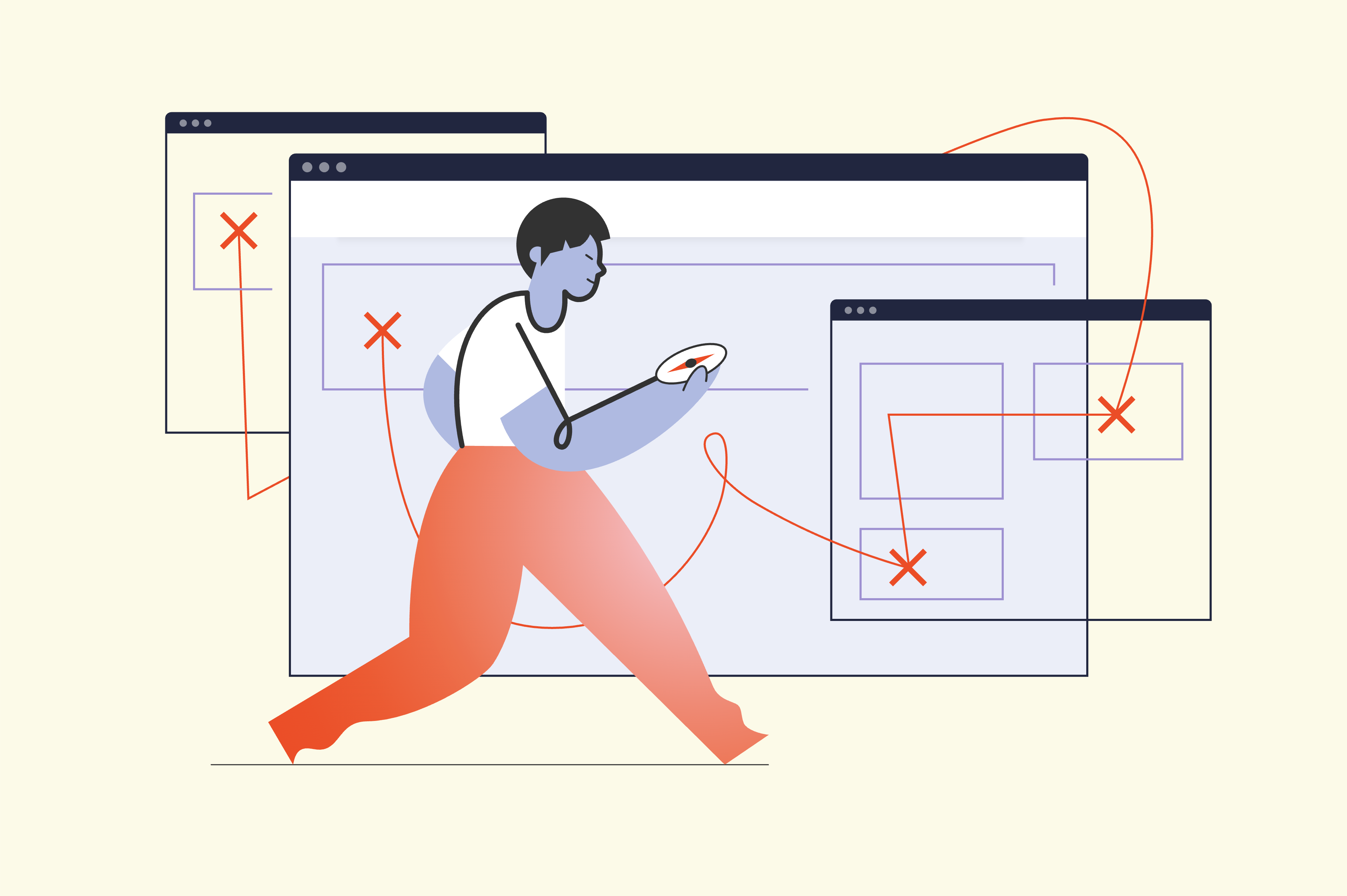Hello!
 The Customer Journey Map helps businesses review customer interactions with products and services over time. Mapping the customer experience journey gives marketers and business owners valuable insight into common conflict points. From there, they can improve the customer experience and ultimately generate more revenue.
The Customer Journey Map helps businesses review customer interactions with products and services over time. Mapping the customer experience journey gives marketers and business owners valuable insight into common conflict points. From there, they can improve the customer experience and ultimately generate more revenue.
Customer journey map
“Each customer is a separate individual. You should learn to understand the challenges they are facing and their own attributes, from the micro to the macro level, and then connect these points back to your products and services ”- Forbes.
You are not the customer, so what you feel may not be what they feel. Emotions will be what dominates the buyer throughout the process and determine the final action of the customer. To truly bring customers experience, businesses not only bring what customers “want” but also let customers “feel” the brand at each stage.
Building a map of the Customer journey map will help businesses understand end-to-end seamless “touch-points” across multiple channels and find exactly what customers interact with. By tracking the step-by-step experience, the map reveals problems facing your business as well as issues specific to customers based on reality.
 The customer experience journey map brings a number of benefits such as:
The customer experience journey map brings a number of benefits such as:
-
Determine how many customers are interacting with your business
-
Determine if the customer journey is reasonable
-
Identify and focus on different needs at the different stages of the buying funnel
-
Reveal the gap between the desired customer experience and the real customer experience
-
Allows businesses to allocate spending to the most important priorities
How to create a customer experience journey map
Step 1: Define your goals
Why do you need customer journey mapping? What goals are you heading this map to? What lessons will it learn from? What kind of customers will it reach?
Goals are part of the mapping planning process, so ask a set of who, what, why three questions to determine what the final destination really is.
Step 2: Outline the client
You can’t track the client’s movements without knowing who they are, what they like, their pain-points, and what they expect.
One of the best ways to highlight your customers’ personality is to survey and test people who have been attached to your brand.So you can utilize the WordPress Survey Plugin. It is a user-friendly tool for collecting valuable feedback from your audience.
 A marketer can ask himself some questions like:
A marketer can ask himself some questions like:
-
How do you know about our brand?
-
Have you purchased or used our services yet? What factors decide you to buy it?
-
Have you ever contacted our customer support team? Was it helpful?
-
Where does our brand attract you?
-
Is there anything we can do to improve your experience?
These questions can help businesses outline preliminary customer personality, the difference between groups of customers interacting with the brand. The customer experience journey map cannot effectively cover all of the above problems, choose one or two, and focus on solving it.
Step 3: Identify all contact points
The touchpoint for customer interactions and actions on your website or online channels. Example: adding product to cart, interacting with a social media post, opening email newsletter, …
If there are few touchpoints, it is clear that your website is not attractive enough to “hold back” visitors. Conversely, if there are more touchpoints than expected, this could also be due to the site being too complex making the guest experience difficult.
Step 4: Decide the type of map
 The type of customer journey map you decide will depend on your goals. The main types of maps include:
The type of customer journey map you decide will depend on your goals. The main types of maps include:
Current state: The most popular type of map that allows you to visualize the actions, thoughts, behaviors, and feelings your customers have when interacting with the brand.
Day-in-the-life: This map visualizes the actions, thoughts, and feelings that customers experience in the activities they engage in every day, even when these activities do not include interactions with merchants. your brand.
Future state: This map predicts the actions, thoughts, behaviors, and emotions your customers will experience when interacting in the future with your brand.
Step 5: Plan your customer journey
After identifying who the customer is, the business can narrow the focus on drawing the customer journey step by step. At this stage, just focus on customer actions. How and at what time are they interacting?
Step 6: Follow up and make changes if necessary
 This is an important step after defining the customer’s journey. Take note of the bottlenecks, when the customer experience was not what you expected. Analyze actions and identify why, and then focus on the areas where customer needs have not been met. At this point, you can refine your product to ensure the best interaction with the brand.
This is an important step after defining the customer’s journey. Take note of the bottlenecks, when the customer experience was not what you expected. Analyze actions and identify why, and then focus on the areas where customer needs have not been met. At this point, you can refine your product to ensure the best interaction with the brand.
-
Provide a valuable, intuitive experience
-
Solve customer problems
-
Promote their trust
Designing customer journey maps will help businesses better understand their customers and achieving customer satisfaction, thereby bringing sustainable values to businesses.
Thank you!
Join us on social media!
See you!






